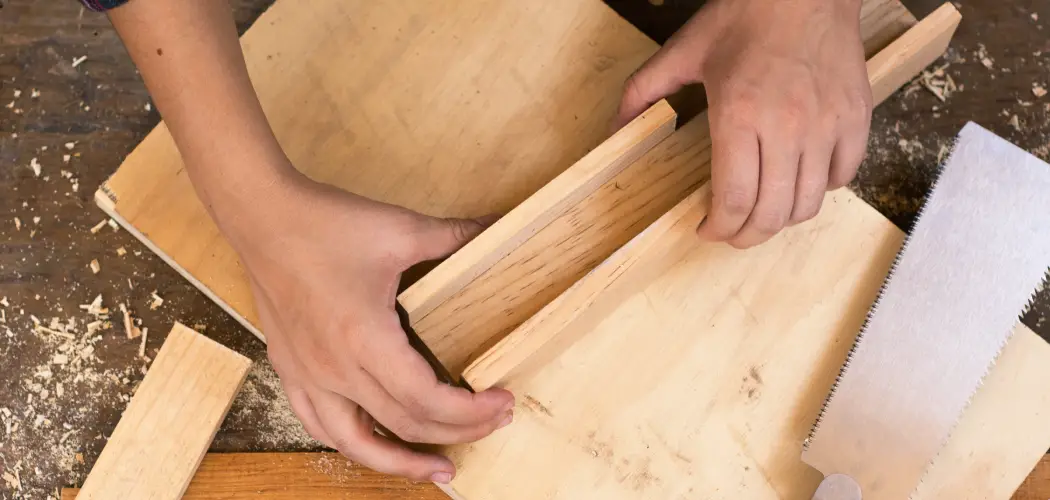Have you ever laid down the perfect coat of paint on your hardwood floors or furniture, only to find out the next day that you had sanded it too much? It’s a terrible feeling – almost as if all your work has gone to waste.
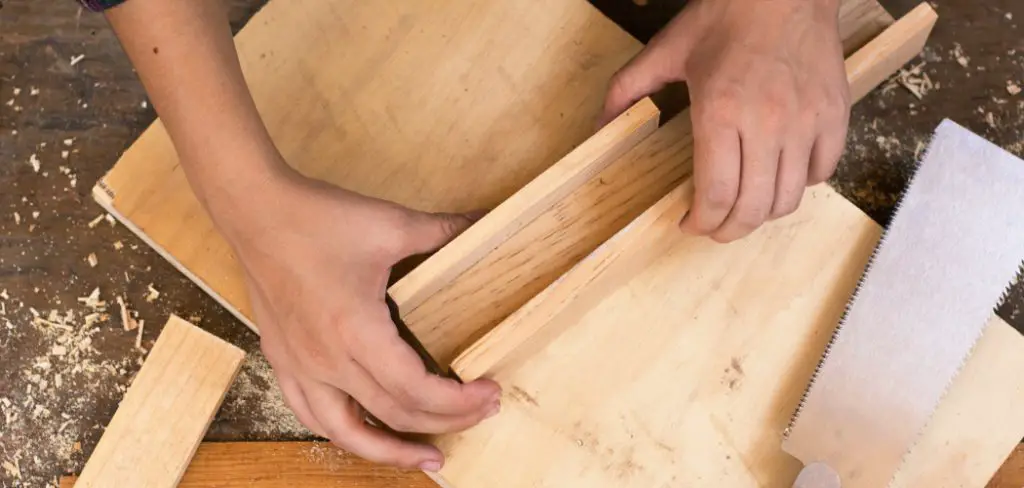
Before you get too upset and resign yourself to having to start again from scratch, know this: There is hope! If you have over-sanded your wood piece, there are some steps on how to fix over sanded wood that can help fix the mistake and restore its natural beauty.
In this blog post, we will take a deep dive into how to repair an overhanded wood area and ensure that it looks just as attractive as before. Let’s get started!
What Causes Over Sanding?
Before we jump into the solutions, it’s essential to understand why over-sanding can happen. One of the main reasons is using an aggressive grit sandpaper or a power sander on delicate wood pieces.
It can also occur due to human error, where you may have gotten carried away with the sanding process and unknowingly sanded too much. Whatever the cause may be, the result is the same – a piece of wood that looks patchy and uneven. It also becomes challenging to apply any finish on top, as the wood surface is too smooth.
Necessary Materials
To fix over sanded wood, you will need the following materials:
- Sandpaper (Preferably One With a Fine Grit)
- Wood Filler
- Putty Knife/spatula
- Paint or Stain (Optional)
- Paintbrush (Optional)
- Protective Gear (Safety glasses, dust mask)
11 Step-by-step Instructions on How to Fix Over Sanded Wood
Step 1: Assess the damage
The first step is to inspect the over-sanded wood and determine how deep the sanding has gone. If it has only affected a thin layer of wood, it can be easily fixed. However, if the sanding has gone too deep, you may have to resort to more drastic measures. It’s crucial to know the extent of the damage before proceeding with any repairs.
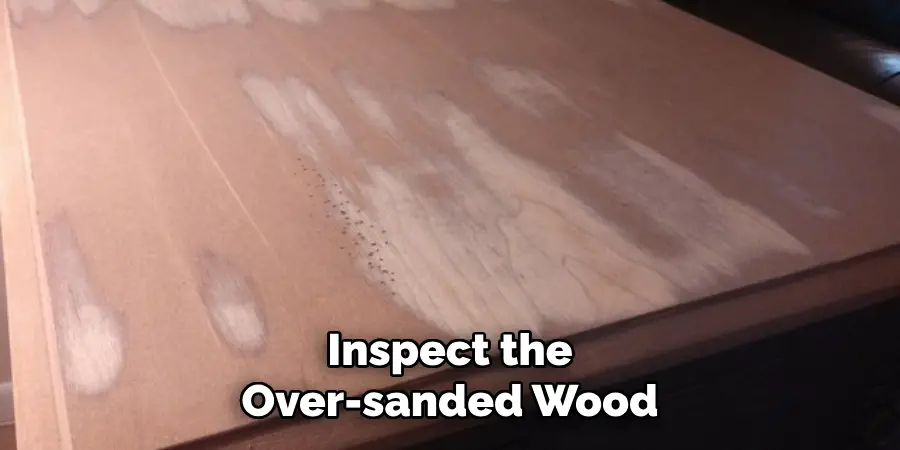
Step 2: Sand the affected area lightly
Using a fine-grit sandpaper, gently sand down the over-sanded area. Be cautious not to apply too much pressure and avoid creating any further damage. The goal is to even out the surface and remove any rough patches. You can also use a power sander for this step, but be sure to set it on the lowest setting. It’s advisable to wear protective gear, such as safety glasses and a dust mask while sanding.
Step 3: Clean the surface
Use a clean cloth or tack cloth to wipe away any dust particles from sanding. This step is crucial because any remaining debris can affect the next steps and ruin your repair job. Be thorough in your cleaning. It’s better to spend a few extra minutes now than having to redo the entire process later. However, be very gentle while cleaning to avoid further damaging the wood. You can also use a vacuum cleaner with a soft brush attachment to remove any dust.
Step 4: Fill in the gaps
If there are noticeable gaps or holes on the wood surface, use a wood filler to fill them in. Use a putty knife or spatula to apply the filler and smooth it out evenly. Let it dry according to the manufacturer’s instructions. But avoid waiting too long, or the filler may become difficult to sand down. It’s also essential to choose a wood filler that closely matches the color of your wood piece.
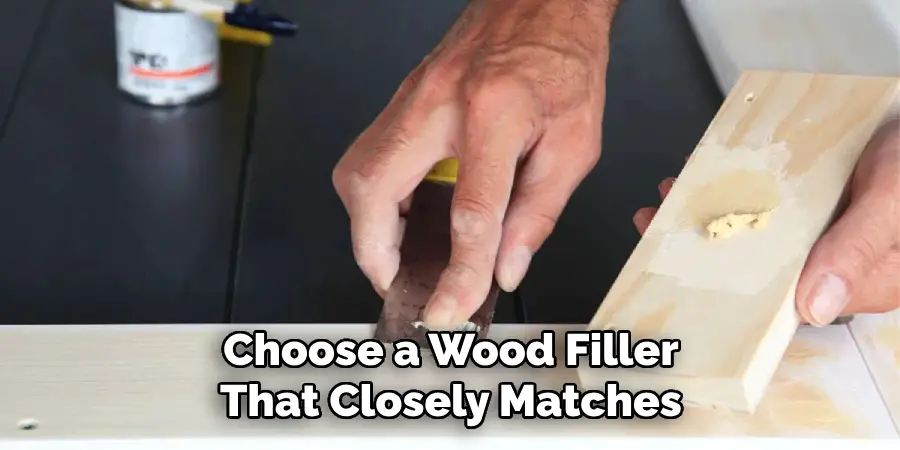
Step 5: Sand again
Once the filler has dried, use sandpaper to lightly sand over it. This step will remove any excess filler and make the surface smooth again. Use a finer grit sandpaper than before, and be careful not to overdo it. You don’t want to remove the filler entirely and end up with gaps again. It’s better to sand lightly and go over the area again if needed.
Step 6: Clean the surface (again)
Just like before, use a clean cloth or tack cloth to wipe away excess dust from sanding. This step is crucial before moving on to the next steps, as it ensures a clean and smooth surface for any finishing touches. You can also use a vacuum cleaner with a soft brush attachment for this step. Just be gentle to avoid damaging the wood.
Step 7: Apply wood stain (optional)
If you want to restore the color of your wood piece, now is the time to apply a wood stain. Choose one that closely matches the original color, or experiment with different shades until you find one that works. Follow the instructions on the product and use a paintbrush or cloth to apply evenly over the affected area. Wait for it to dry completely. It’s always a good idea to test the stain on a small, inconspicuous area of the wood first.
Step 8: Apply finish (optional)
If your wood piece had any previous finish, you may want to reapply it after the repairs. Use a paintbrush or cloth to apply the finish evenly, following the manufacturer’s instructions. You can also choose to use a clear coat instead of a stain if you want to maintain the original color of your wood. Let it dry completely before moving on to the next step. You may need to apply multiple coats for a more even finish.
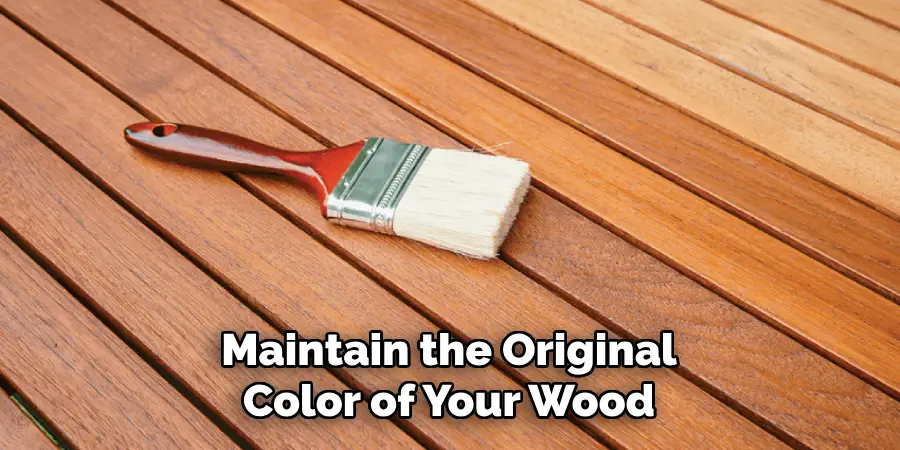
Step 9: Sand again (optional)
If you are not happy with the outcome, or if there are still rough patches, you can sand the surface lightly again. Use a very fine-grit sandpaper and be careful not to overdo it. Sand only the affected areas, and make sure to clean the surface thoroughly afterward. It’s essential to be very patient and take your time with this step.
Step 10: Clean the surface (again)
Once you are satisfied with the repairs, use a clean cloth or tack cloth to wipe away any dust from sanding. This step is crucial as it ensures that the surface is smooth and ready for use or any additional finishing touches. You can also use a vacuum cleaner with a soft brush attachment for this step.
Step 11: Apply protective finish (optional)
If you want to add an extra layer of protection to your wood piece, you can apply a clear coat or polyurethane. It will protect the wood from future damage and give it a glossy finish.
Just like before, use a paintbrush or cloth to apply evenly following the instructions on the product. Let it dry completely before using your repaired wood piece. But be sure to avoid over-sanding it in the future. Lastly, always protect your wood piece from direct sunlight and extreme temperatures to prevent any further damage.
With these simple steps on how to fix over sanded wood, you can easily fix over-sanded wood and restore its beauty. Remember to take your time and be patient, as rushing through the process can lead to more problems. If you are unsure about anything or if the damage is severe, don’t hesitate to seek professional help.
But with a little care and effort, you can fix over sanded wood and make it look as good as new! So next time you accidentally go overboard with sanding, don’t panic – just follow these steps and save your wood piece.
Frequently Asked Questions
Q: Can I Fix Over-sanded Wood Without Using a Filler?
A: Yes, you can. But keep in mind that using a filler will help fill in any gaps and make the surface smoother for better results. It’s also essential to choose the right filler, as some may not adhere well to the wood or may shrink after drying.
Q: Can I Use a Power Sander on Over-sanded Wood?
A: Yes, you can. But be sure to use it on the lowest setting and be very careful not to overdo it. It’s best to use a power sander for larger areas and switch to hand sanding for more delicate spots. Also, be sure to clean the surface thoroughly afterward to avoid any damage from remaining dust particles.
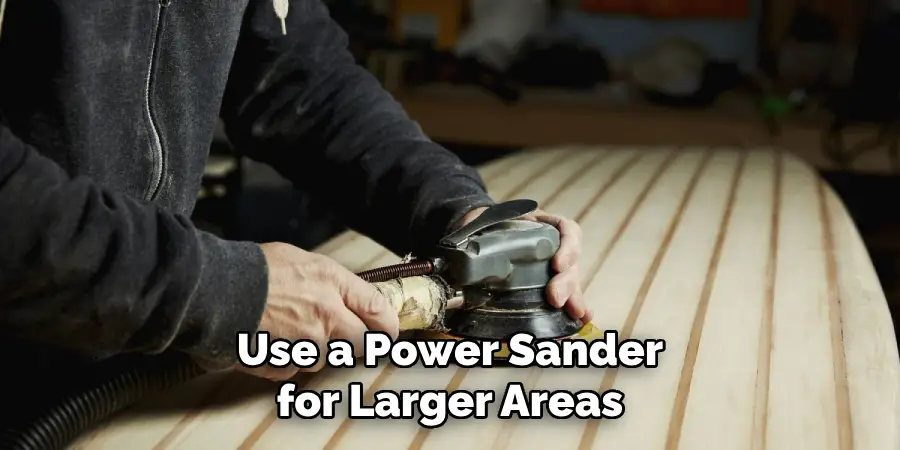
Q: How Can I Avoid Over-sanding My Wood Piece?
A: The key is to take your time and be gentle while sanding. Start with a lower grit sandpaper and gradually move up as needed. It’s also helpful to mark the areas you want to sand before starting so that you can keep track of how much you are removing.
And always remember, it’s better to under-sand than over-sand, as you can always go back and remove more if needed. Lastly, using an electric sander or hiring a professional may reduce the risk of over-sanding. So think twice before taking on a large project without the necessary tools or experience.
Q: Can I Fix the Over-sanded Veneer?
A: Yes, you can. The process is similar to repairing solid wood, but extra care must be taken while sanding as the veneer is thinner and more delicate. It’s best to use fine-grit sandpaper and go slowly to avoid damaging the veneer further. You may also need to use a specialized filler or adhesive designed for veneer repair.
Conclusion
With the combination of a belt sander, an orbital sander, and careful hand sanding, you now have the tools to tackle any over-sanded wood you may come across. Using these tips and tricks to make sure that your wood retains its natural beauty and luster can be difficult, but doing so ensures that it will last for years to come.
Now that you’ve mastered the art of fixing over-sanded wood, why not take your skills outside? With just a few simple steps on how to fix over sanded wood you can turn beat-up patio furniture into beautiful outdoor fixtures that will look great in any yard.
By understanding how to properly sand wood in order to restore its original quality, you can create all sorts of wonderful projects. So go ahead, take your newly acquired knowledge and express yourself with gorgeous pieces of woodwork!

